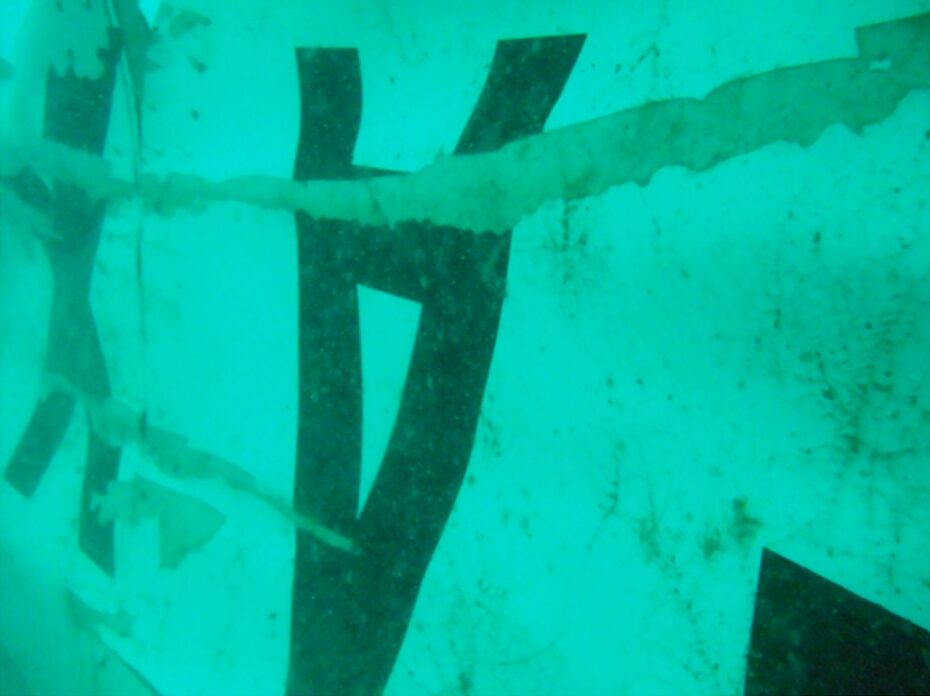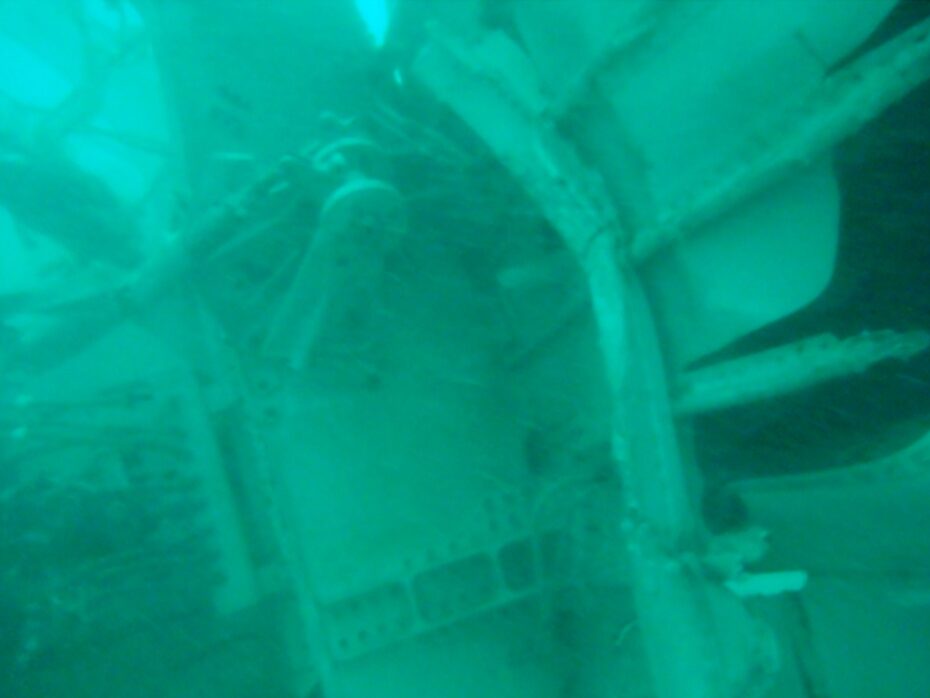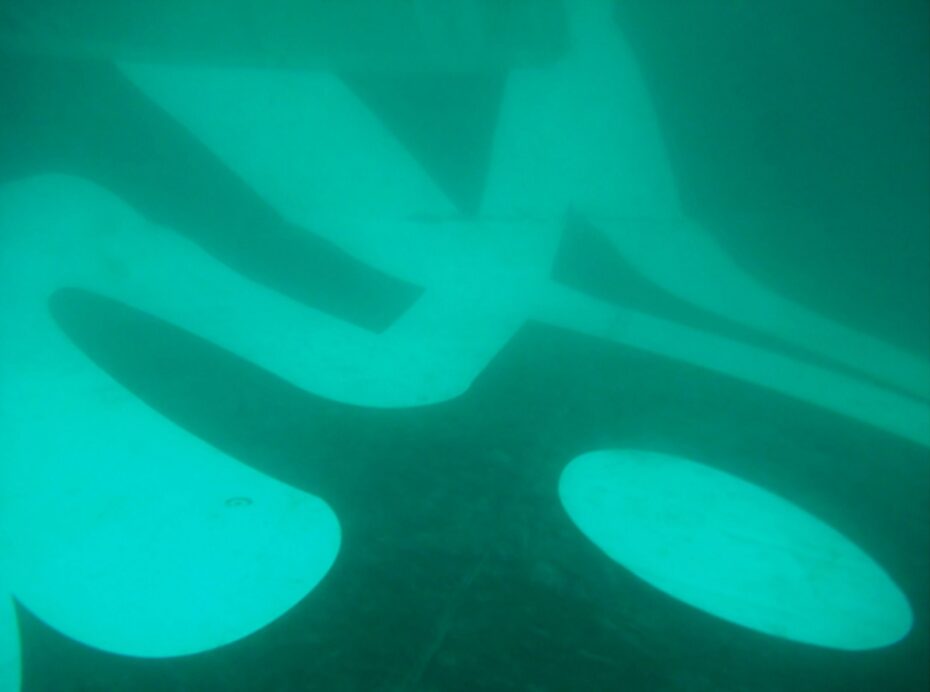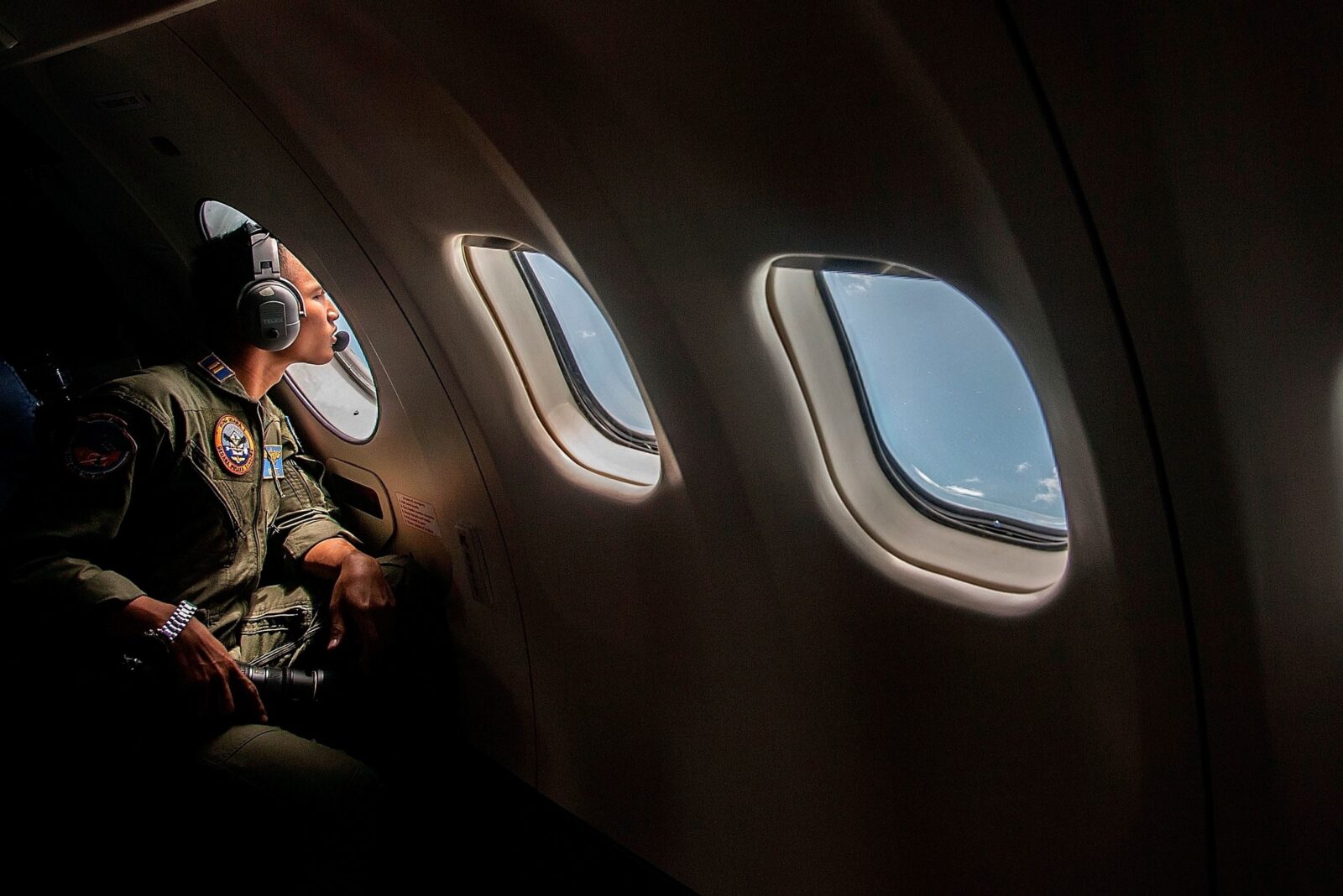LATEST: Tail of QZ8501 found, black box to be retrieved soon
The tail section of QZ8501 has been found in the Java Sea, a significant step forward in search efforts as the plane’s “black box” flight recorder is located in the tail.
It is the first major piece of the aircraft to be identified, after a lull in bad weather allowed divers to positively identify the piece.



According to BBC, the piece is buried in mud, in waters 30m deep, and is believed to be upside down.
Indonesian authorities hope to retrieve the black box sometime today, Jan 8.
40 bodies recovered so far
Another body was recovered from the sea on Wednesday, bringing the total number of bodies recovered so far to 40.
Authorities believe most of the bodies are likely to be still inside the plane.
Plane may have made emergency landing on water
According to a report carried by The Star, several experts have suggested that QZ8501 may have made a successful emergency water landing, only to be overcome by high seas.
They stated several reasons for this:
- The emergency locator transmitter (ELT) did not transmit. The ELT is made to transmit an emergency signal upon any form of impact.
- The bodies retrieved so far have been intact.
- The plane fuselage is thought to be intact. The search and rescue team noticed a “shadow” on the seabed which they believe to be the fuselage, and it looks largely intact.
- An emergency exit door and inflatable slide were among the first items discovered. This could mean some passengers had started emergency evacuation procedures.
The black box, which has yet to be recovered, should offer a more definitive answer on the fate of QZ8501.

Only THREE bodies recovered, not 40
Indonesia’s National Search and Rescue Agency chief has announced that only three bodies have been recovered, not 40 as earlier reported.
In quotes carried by AFP, F.H. Bambang Soelistyo said: “Today (Tuesday) we evacuated three bodies and they are now in the warship Bung Tomo.” He added that they were two females and one male.
A navy spokesperson had previously told AFP that a navy warship had retrieved over 40 bodies from the Java Sea, but later said that it was a miscommunication by his staff.
AirAsia confirms debris belonged to flight QZ8501
A statement on AirAsia’s official Facebook page has confirmed what we had all feared — the debris found in the Karimata Strait earlier today was from flight QZ8501.
It added that search and rescue operations were on-going.
The statement included a quote from AirAsia chief Tony Fernandes:
I am absolutely devastated. This is a very difficult moment for all of us at AirAsia as we await further developments of the search and rescue operations but our first priority now is the wellbeing of the family members of those onboard QZ8501.
AirAsia also invited family members of those on-board the flight to Surabaya, where “a dedicated team of care providers will be assigned to each family to ensure that all of their needs are met. Counsellors, religious and spiritual personnel have also been invited to the family center to provide any necessary services.”
Prime Minister offers condolences
Confirmation of the QZ8501 crash seems inevitable now — Malaysian Prime Minister Datuk Seri Najib Tun Razak has extended his condolences to the families and loved ones of those aboard. According to The Star, he said:
I hope that search efforts continue in case of survivors. If there are no survivors, I hope that families stay strong in this trying time.
On behalf of all Malaysians, I extend my deepest condolences to the families of those on Air Asia Indonesia QZ8501. We share your sorrow.
— Mohd Najib Tun Razak (@NajibRazak) December 30, 2014
Bodies found
It seems our worst fears have been confirmed — bodies have been found floating off the coast of Borneo during the search for missing Indonesia AirAsia flight QZ8501. Various news sources have reported that over 40 bodies have been retrieved from the ocean by an Indonesian warship.
More than 40 bodies have been retrieved from search area of missing AirAsia flight, Indonesian navy reports. #QZ8501 pic.twitter.com/0xyiSAevx5 — The Star (@staronline) December 30, 2014
Debris believed to have belonged to the plane had also been sighted earlier today, and are now being confirmed:
Missing AirAsia flight: Debris is from ‘plane’, says Indonesian civil aviation chief http://t.co/3ClsIKr3OX pic.twitter.com/LhltuRk5j7 — The Star (@staronline) December 30, 2014
Families distraught over footage of dead body
Relatives of those aboard the flight were gathered at a crisis centre in Surabaya, and they were distraught as images of the bodies being retrieved were broadcast on television.
One man collapsed as the footage was being aired, and had to be stretchered out of the room.
“Is it possible for you not to show a picture of the dead? Please do not show a picture of a dead body,” shouted an AirAsia officer, according to Astro Awani. “That’s crazy.”
A screenshot of the footage in question was delivered to us through one of our wire services, but we will not share it out of respect for the victims and their families — and we’d like to encourage all our readers to do the same.
Tony Fernandes responds on Twitter
As the news of the retrieved bodies broke, AirAsia chief Tony Fernandes conveyed his condolences via Twitter:
My heart is filled with sadness for all the families involved in QZ 8501. On behalf of AirAsia my condolences … http://t.co/OJGobL93cR
— Tony Fernandes (@tonyfernandes) December 30, 2014
I am rushing to Surabaya. Whatever we can do at Airasia we will be doing.
— Tony Fernandes (@tonyfernandes) December 30, 2014
More updates as they come.
All of us here at R.AGE would like to express our deepest condolences to the loved ones of those on board QZ8501.




Leave a reply